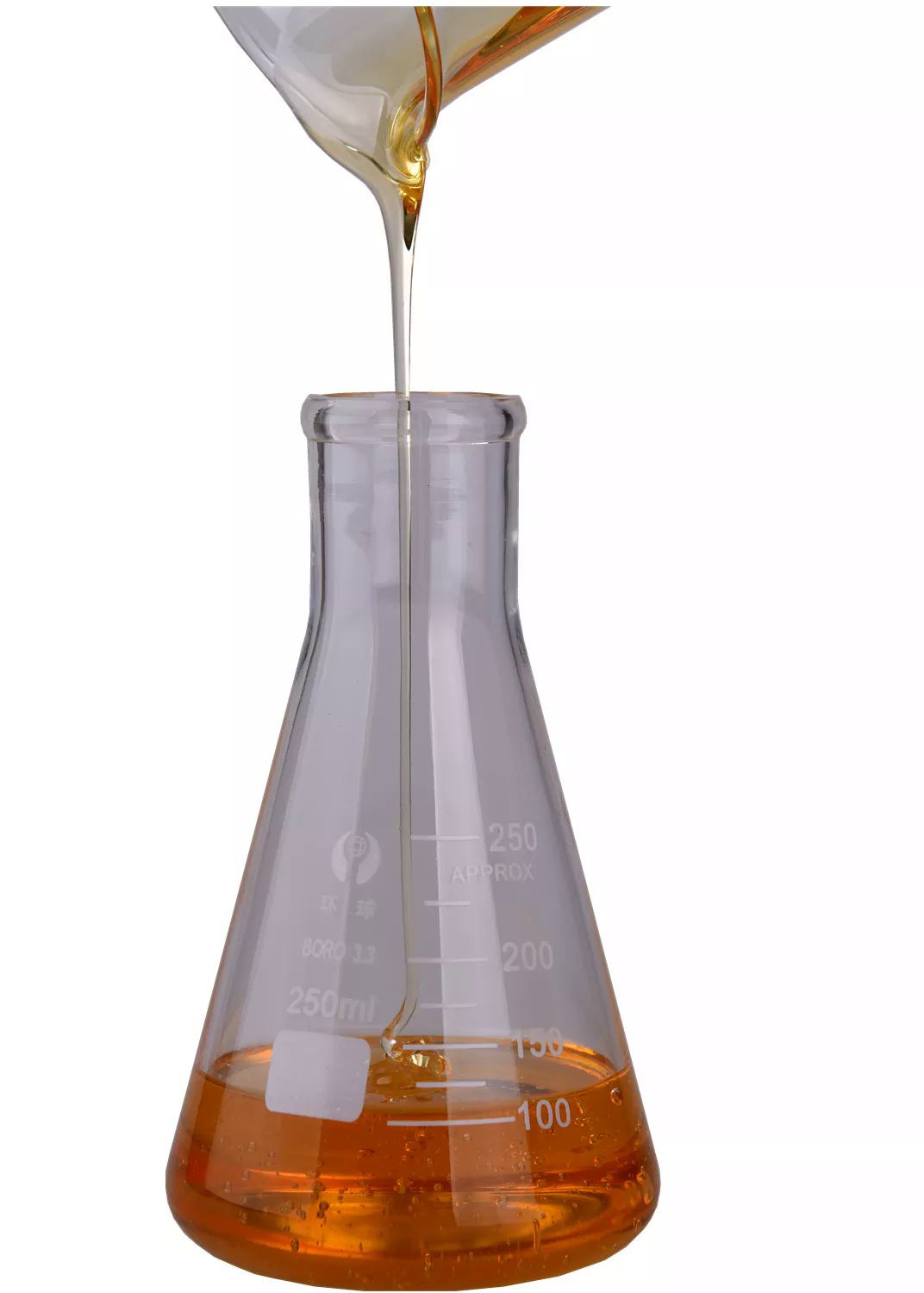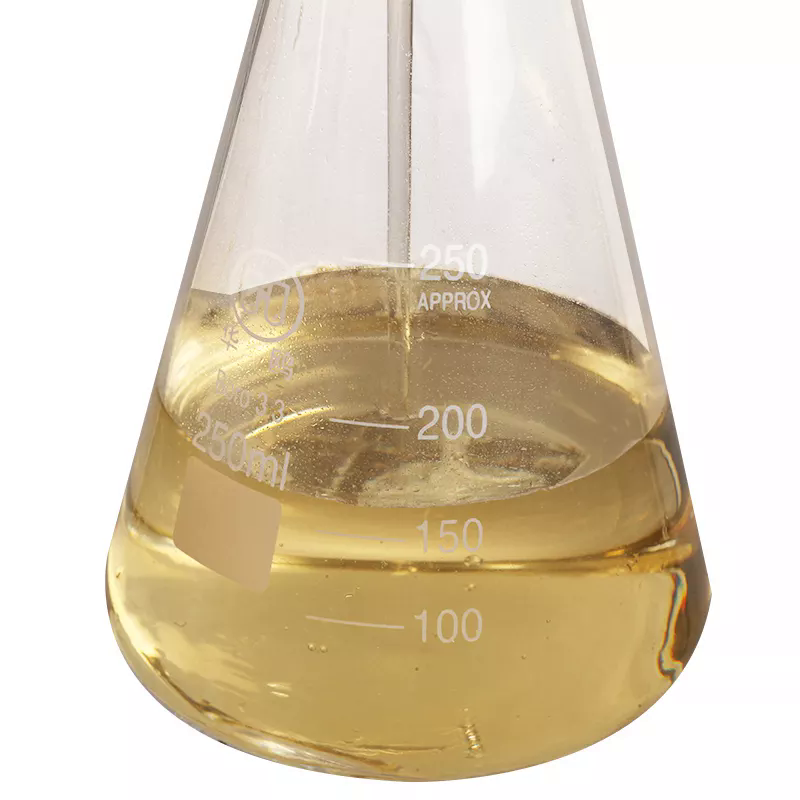Angelica oil
Synonym(s):Angelica oil
- CAS NO.:8015-64-3
- Molecular Weight: 0
- MDL number: MFCD00240625
- Update Date: 2024-12-18 14:07:02
What is Angelica oil?
Chemical properties
Essential oil; strong aromatic odor; spicy taste. Soluble in alcohol. Chief known constituents: phellandrene, valeric acid. Combustible.
Chemical properties
Angelica seed oil is obtained by steam distillation of the fresh seed of Angelica archangelica L. It has a sweeter and more delicate aroma than the root oil. The essential seed oil has a bitter, aromatic flavor. The essential seed oil is obtained in 0.6 to 1.5% yields by steam distillation of seeds harvested in mid-July (in Germany)
Chemical properties
The essential root oil is obtained by steam distillation of the roots. The pale-yellow to deep-amber liquid has a warm, pungent odor with musky or earthy notes and has a bittersweet flavor. The yield from the roots is fairly low even though they may be steam distilled for up to 24 hours; these factors, coupled with the qualitative differences in old versus young roots and the laborintensive process in digging and cleaning the roots, make the root oil fairly expensive.
Physical properties
It is a light yellow liquid. Soluble in most fixed oils, slightly soluble in mineral oil, but relatively insoluble in glycerin and propylene glycol.
Physical properties
It is a pale-yellow to deep-amber liquid having a warm, pungent odor and bittersweet taste. Soluble in most fixed oils, slightly soluble in mineral oil, but relatively insoluble in glycerin and in propylene glycol
Occurrence
Found in the roots of the plant Archangelica officinalis Hoffm.(Angelica archangelica L.) (Fam. Umbelliferae).
The Uses of Angelica oil
Preparation of liqueurs, perfumery.
Preparation
Angelica oil is prepared from Angelica roots or seeds.
Angelica root oil contains about 90% terpenoids and sesquiterpenoids.α-Pinene,
3-carene, limonene, and β-phellandrene are the major components (together
about 60%). In addition, the oil contains a large number of oxygen-containing
compounds, of which the macrolides 15-pentadecanolide and 13-tridecanolide
are essential odor components. Angelica oils are produced in very
small quantities, for example, in Europe (France, Hungary) and India. They are
used mainly in the alcoholic beverage industry and, in very low dosages, also in
fine fragrances.
Definition
Extractives and their physically modified derivatives. Angelica archangelica, Umbelliferae.
Essential oil composition
Terpenic hydrocarbons (α-pinene 4.4 to 24%, α-phellandrene 7.5–20%, β-phellandrene 16 to 24%, β-pinne 0.2 to 0.5%); macrocyclic lactone 0.8 to 2.4% (CoE, 2000). TNO (2000) reported 87 compounds from the angelica root oil. Of these, 43 were hydrocarbons, 22 alcohols and the remaining were esters, carbonyl aldehydes, carbonyl ketones, lactones, phenols, furans and oxides or epoxides of pyrans and coumarins.
Essential oil composition
The seed oil qualitatively contains α-pinene, camphene, β-pinene, myrcene, β-phellandrene, ocimene (no isomer given), limonene, γ-terpinene, caryophyllene, p-cymene, 1,8-cineole, borneol, carvone. The seed oil contains 0.5% imperratorin, 0.1% bergapten, 0.02% xanthotoxol, 0.04% umbelliprenin, osthole, osthenole and angelicin (CoE, 2000).
Safety Profile
When heated to decomposition it emits acrid smoke and irritating fumes.
Properties of Angelica oil
| Density | 0.86 |
| refractive index | 1.48 |
| FEMA | 2088 | ANGELICA ROOT OIL (ANGELICA ARCHANGELICA L.) |
| Flash point: | 43℃ |
| form | liquid |
| color | A pale-yellow to amber liquid |
| Odor | pungent odor with bittersweettaste |
| CAS DataBase Reference | 8015-64-3 |
| EPA Substance Registry System | Oils, angelica (8015-64-3) |
Safety information for Angelica oil
| Signal word | Danger |
| Pictogram(s) |
 Flame Flammables GHS02  Exclamation Mark Irritant GHS07  Health Hazard GHS08  Environment GHS09 |
| GHS Hazard Statements |
H226:Flammable liquids H304:Aspiration hazard H317:Sensitisation, Skin H334:Sensitisation, respiratory H411:Hazardous to the aquatic environment, long-term hazard |
| Precautionary Statement Codes |
P261:Avoid breathing dust/fume/gas/mist/vapours/spray. P273:Avoid release to the environment. P280:Wear protective gloves/protective clothing/eye protection/face protection. P331:Do NOT induce vomiting. P301+P310:IF SWALLOWED: Immediately call a POISON CENTER or doctor/physician. P342+P311:IF experiencing respiratory symptoms: call a POISON CENTER or doctor/physician. |
Computed Descriptors for Angelica oil
Angelica oil manufacturer
Expo Essential Oils
Natures Natural India
New Products
(S)-3-Aminobutanenitrile hydrochloride 4-Methylphenylacetic acid N-Boc-D-alaninol N-BOC-D/L-ALANINOL Tert-butyl bis(2-chloroethyl)carbamate 3-Morpholino-1-(4-nitrophenyl)-5,6-dihydropyridin- 2(1H)-one Furan-2,5-Dicarboxylic Acid Tropic acid 1-Bromo-3,5-Di-Tert-Butylbenzene S-2-CHLORO PROPIONIC ACID ETHYL ISOCYANOACETATE 2-Bromo-1,3-Bis(Dimethylamino)Trimethinium Hexafluorophosphate 4-IODO BENZOIC ACID 3-NITRO-2-METHYL ANILINE 1-(2,4-DICHLOROPHENYL) ETHANAMINE (2-Hydroxyphenyl)acetonitrile 4-Bromopyrazole 2-(Cyanocyclohexyl)acetic acid 4-methoxy-3,5-dinitropyridine 1-(4-(aminomethyl)benzyl)urea hydrochloride 2-aminopropyl benzoate hydrochloride diethyl 2-(2-((tertbutoxycarbonyl)amino) ethyl)malonate tert-butyl 4- (ureidomethyl)benzylcarbamate Ethyl-2-chloro((4-methoxyphenyl)hydrazono)acetateRelated products of tetrahydrofuran








You may like
-
 Steam Distilled Extracted Angelica Root Oil Manufacturer | Essential Oil Wholesaler for Aromatherapy UseView Details
Steam Distilled Extracted Angelica Root Oil Manufacturer | Essential Oil Wholesaler for Aromatherapy UseView Details
8015-64-3 -
 8015-64-3 Angelica oil 98%View Details
8015-64-3 Angelica oil 98%View Details
8015-64-3 -
 8015-64-3 98%View Details
8015-64-3 98%View Details
8015-64-3 -
 1975-50-4 98%View Details
1975-50-4 98%View Details
1975-50-4 -
 2-HYDROXY BENZYL ALCOHOL 98%View Details
2-HYDROXY BENZYL ALCOHOL 98%View Details
90-01-7 -
 2-Chloro-1,3-Bis(Dimethylamino)Trimethinium Hexafluorophosphate 221615-75-4 98%View Details
2-Chloro-1,3-Bis(Dimethylamino)Trimethinium Hexafluorophosphate 221615-75-4 98%View Details
221615-75-4 -
 14714-50-2 (2-Hydroxyphenyl)acetonitrile 98+View Details
14714-50-2 (2-Hydroxyphenyl)acetonitrile 98+View Details
14714-50-2 -
 118753-70-1 98+View Details
118753-70-1 98+View Details
118753-70-1